Home>diy>Building & Construction>What Is A Post-Frame In Construction
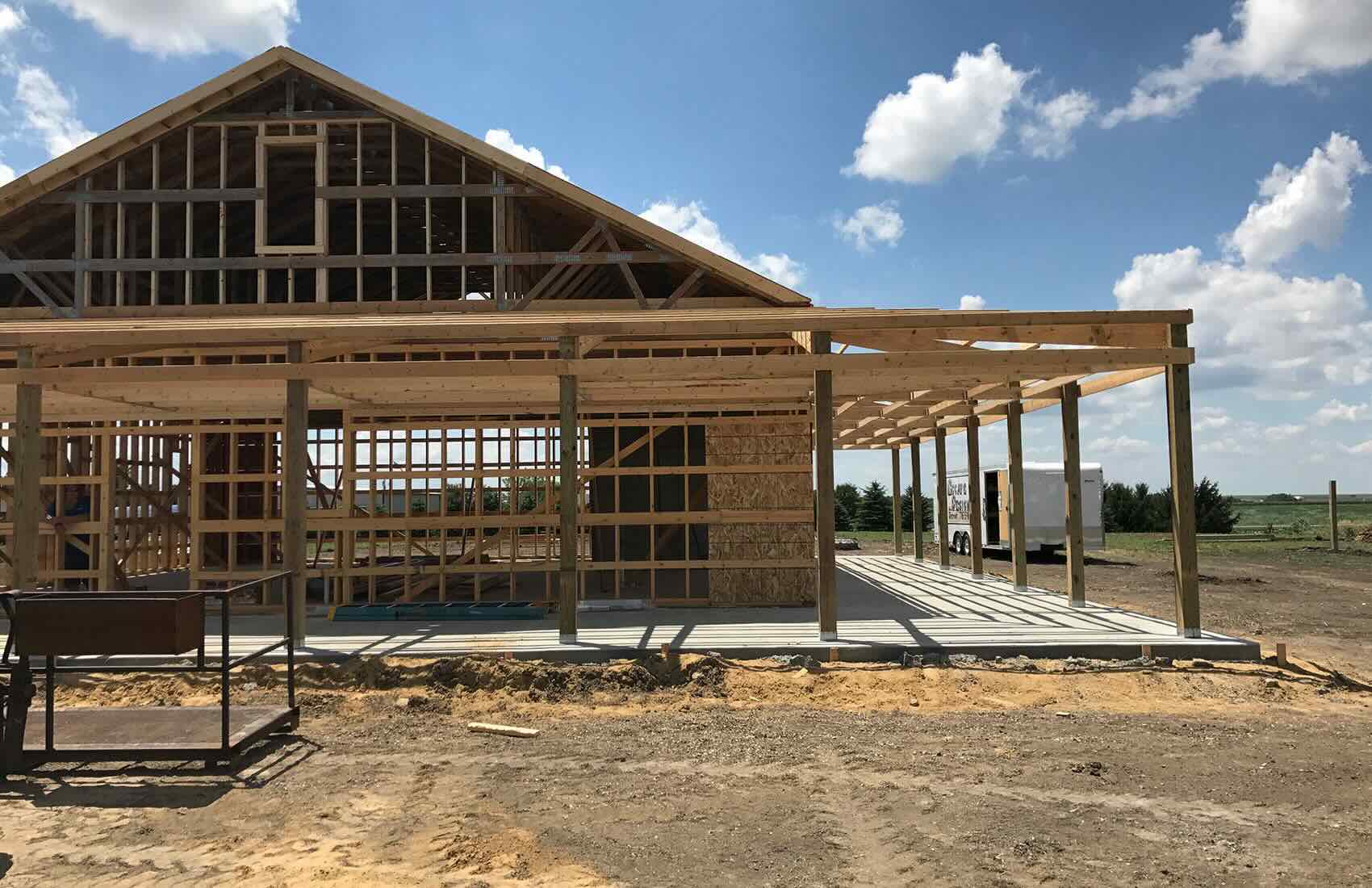

Building & Construction
What Is A Post-Frame In Construction
Modified: January 24, 2024
Learn what a post is in building construction and how it plays a vital role in providing structural support and stability. Discover the importance and various types of posts used in construction projects.
(Many of the links in this article redirect to a specific reviewed product. Your purchase of these products through affiliate links helps to generate commission for Storables.com, at no extra cost. Learn more)
Introduction
In the realm of construction, countless elements come together to create sturdy and aesthetically pleasing structures. From foundations to walls, every component plays a crucial role in the overall integrity of a building. One such essential element is the post.
Posts, also known as pillars or columns, are vertical structural members designed to support and bear the weight of the building or specific load-bearing elements within it. They are an integral part of both residential and commercial construction, providing stability and structural integrity to the entire framework.
In this article, we will explore the significance of posts in construction, the different types of posts used, their functions, the materials they’re made of, the installation process, common issues, and the maintenance and replacement practices associated with these crucial components.
Whether you are a construction professional, a homeowner, or simply curious about the intricacies of building construction, this article will provide you with valuable insights into the world of posts and their role in supporting safe and durable structures.
Key Takeaways:
- Posts in construction are essential for providing structural stability, load-bearing support, and architectural aesthetics. They come in various materials, each with unique advantages and maintenance requirements, ensuring the longevity and safety of buildings.
- Proper installation, regular maintenance, and timely repairs are crucial for ensuring the longevity and performance of posts in construction. Engaging professionals for inspections, repairs, and replacements is essential for maintaining structural integrity and safety.
Read more: What Is A Post-Construction Cleaning
Definition of a Post in Construction
In construction, a post refers to a vertical structural member that provides support and stability to a building or specific load-bearing elements within it. Posts are typically cylindrical or square in shape and are constructed using various materials such as wood, steel, concrete, or even composite materials.
The primary function of a post is to transfer the weight of the structure or load it carries to the foundation or other structural elements such as beams or walls. Posts are strategically placed at specific intervals, depending on the design and layout of the building, to ensure adequate support and distribute the load evenly.
Posts act as pillars, often located at the corners or junctions of walls, where they help transmit the loads from the roof or upper floors down to the foundation. They ensure the stability and structural integrity of the building, preventing any excessive movement or deformation due to external factors such as wind, earthquakes, or the weight of the structure itself.
In addition to their primary function as load-bearing members, posts also serve aesthetic purposes. They can be designed in various styles and finishes to complement the overall architectural design of the building. From decorative columns that add an elegant touch to a grand entrance, to sleek and minimalistic posts that blend seamlessly into modern structures, the design possibilities for posts are vast.
It’s essential to recognize that the term “post” is often used interchangeably with other related terms such as pillars or columns, depending on the architectural style or region. However, they all serve the same fundamental purpose in construction – providing vertical support and stability to the building structure.
Next, let’s explore the different types of posts commonly used in construction and their specific functions.
Types of Posts Used in Construction
In construction, various types of posts are used, each with its own unique characteristics and functions. The choice of post type depends on factors such as the structural requirements, architectural design, material availability, and budget considerations. Let’s take a closer look at some of the common types of posts used in construction:
- Wooden Posts: Wood has been a popular material choice for posts, especially in residential construction. Wooden posts offer a natural, rustic aesthetic and are relatively easy to work with. They are often used for decks, porches, and fences. However, wood is susceptible to rot, insect infestation, and decay over time, requiring proper treatment and maintenance.
- Steel Posts: Steel posts are highly durable, strong, and resistant to fire. They are commonly used in commercial and industrial construction, providing excellent load-bearing capacity. Steel posts are available in various shapes and sizes, and can be easily fabricated and customized to meet specific project requirements.
- Concrete Posts: Concrete posts are known for their exceptional strength and longevity. They are typically used in larger structures, such as multi-story buildings or bridges. Concrete posts offer excellent stability and are resistant to fire, rot, and insect damage. They can be precast or poured on-site, depending on the construction needs.
- Composite Posts: Composite materials, such as fiberglass-reinforced polymers (FRP), are gaining popularity in construction due to their high strength-to-weight ratio and resistance to corrosion. Composite posts are lightweight, durable, and require minimal maintenance. They are often used in applications where weight reduction is a priority, such as in transportation infrastructure or modern architectural designs.
- Masonry Posts: Masonry posts, made of materials like brick or stone, are commonly used for decorative purposes or in traditional architectural styles. These posts add a sense of elegance and timelessness to a structure while providing necessary support. Masonry posts require skilled craftsmanship and proper mortar techniques for installation, ensuring long-lasting durability.
These are just a few examples of the types of posts used in construction. It’s important to consult with structural engineers, architects, or construction professionals to determine the most suitable post type for a specific project based on its requirements, budget, and desired aesthetics.
Now that we have explored the different types of posts, let’s delve into their various functions within the construction process.
Functions of Posts in Construction
Posts play a crucial role in the construction process, serving multiple functions that contribute to the overall integrity and stability of a building. Let’s examine some of the key functions of posts:
- Load Bearing: One of the primary functions of posts is to bear and transfer the weight of the building or specific load-bearing elements to the foundation or other structural elements. Posts provide vertical support, ensuring that the weight is distributed evenly and preventing excessive stress on other components of the structure.
- Structural Stability: Posts are essential for maintaining the structural stability of a building. They help prevent lateral movement or deformation caused by external forces such as wind, earthquakes, or settling of the foundation. By providing vertical support, posts ensure that the structure remains sturdy and resistant to potential structural failures.
- Space Division: Posts are used to divide large spaces into smaller functional areas. For example, in open-plan commercial settings, posts can be strategically placed to create separate sections or support partitions, ensuring the efficient utilization of space and allowing for better organization and functionality.
- Architectural Support: Posts serve as architectural elements, contributing to the overall aesthetic appeal of a building. They can be designed in various styles and finishes, adding visual interest and enhancing the architectural character. Decorative posts can be focal points or provide an elegant touch to entrances, facades, or interior spaces.
- Integration of Building Systems: Posts often play a role in the integration of building systems such as electrical, plumbing, or HVAC. They provide a structural framework within which these systems can be routed and concealed, ensuring a seamless integration and functionality of these essential systems.
- Safety and Accessibility: Posts are used to provide safety features and ensure accessibility within a building. Handrails, guardrails, and balusters are often attached to posts to prevent falls and provide support on staircases, balconies, or elevated platforms. This ensures the safety of occupants and compliance with building codes and regulations.
These functions highlight the critical role that posts play in construction, supporting the weight of the structure, maintaining stability, dividing space, enhancing architectural design, enabling system integration, and ensuring safety and accessibility.
Now that we understand the functions of posts, let’s explore the various materials commonly used to construct them.
Materials Used for Posts in Construction
Posts in construction can be made from a variety of materials, each with its own unique characteristics and suitability for different applications. The choice of material depends on factors such as structural requirements, aesthetics, durability, availability, and budget considerations. Let’s take a closer look at some of the common materials used for constructing posts:
- Wood: Wood is a traditional and widely used material for constructing posts. It offers a natural and warm aesthetic and is commonly used in residential construction. Popular wood species for posts include cedar, redwood, and pressure-treated lumber. Wood posts can be easily cut and shaped, making them versatile for various architectural styles. However, wood requires regular maintenance to protect against rot, insect infestation, and weathering.
- Steel: Steel is known for its strength, durability, and load-bearing capacity. Steel posts are commonly used in commercial and industrial construction, where large structural support is required. Steel offers excellent resistance to fire and corrosion, making it a reliable choice for long-lasting structures. Steel posts can be customized and fabricated to meet specific design and engineering requirements.
- Concrete: Concrete posts are highly durable and capable of supporting heavy loads. They are commonly used in larger structures, such as bridges or multi-story buildings. Concrete offers excellent fire resistance, longevity, and stability. Concrete posts can be precast or poured on-site, allowing for flexibility in design and shape. Reinforcement such as steel bars can be added to enhance the strength of concrete posts.
- Composite Materials: Composite materials, such as fiberglass-reinforced polymers (FRP) or PVC, are gaining popularity in construction due to their durability, low maintenance requirements, and versatility. Composite posts offer high strength-to-weight ratio, resistance to corrosion, and are available in various shapes, sizes, and colors. They are often used in applications where weight reduction, design flexibility, and longevity are desired.
- Masonry: Masonry materials such as brick, stone, or concrete blocks can be used to construct posts. Masonry posts offer a classic and timeless aesthetic, adding an element of sophistication to a structure. Masonry posts are known for their durability, strength, and resistance to fire and weather. Skilled craftsmanship is required for precise installation and mortar techniques to ensure structural integrity.
These materials provide a range of options for constructing posts, each with its own advantages and considerations. The selection of the material should be based on factors such as the structural requirements, architectural design, expected lifespan, maintenance needs, and budget constraints.
Next, let’s explore the installation process of posts in construction.
A post in construction refers to a vertical structural element used to support beams, joists, or other structural members. It is important to ensure that posts are properly sized and installed to bear the intended load and meet building code requirements.
Read more: What Is Framing Construction
Installation of Posts in Construction
The installation of posts in construction is a critical process that requires careful planning and precision to ensure the structural integrity and stability of the building. The specific installation method may vary depending on factors such as the type of post, material used, and the design requirements. Let’s walk through the general steps involved in the installation of posts:
- Foundation Preparation: Before installing the posts, the foundation must be properly prepared. This may involve excavating the soil to create a stable and level surface for the posts to rest upon. Depending on the construction project, this may also include pouring a concrete footing or setting anchor bolts for attachment to the foundation.
- Post Placement: Once the foundation is ready, the posts are positioned in their designated locations. This is typically done by aligning the posts with the layout plan and ensuring the correct spacing and orientation. Levels, plumb bobs, or laser level tools are used to ensure the posts are perfectly vertical and aligned with the building’s design.
- Secure Fixing: Once the posts are in position, they need to be securely fixed to the foundation or other load-bearing elements. This can be achieved through methods such as bolting, welding, or embedding the post directly into the concrete footing. The specific fixing method will depend on the type of post and the engineering and design requirements for the structure.
- Bracing and Temporary Support: During the installation process, temporary bracing and supports may be used to hold the posts in place until the adjacent structural elements, such as beams or floor slabs, can be properly connected. These temporary supports help prevent any displacement or movement of the posts during construction until they are fully integrated into the building’s structure.
- Connection to Load-Bearing Elements: Once the posts are securely fixed, they need to be connected to the load-bearing elements of the building. This may involve attaching beams, walls, or other structural components to the posts using appropriate connectors, such as brackets, bolts, or adhesives. Proper connection ensures the transfer of loads from the upper levels or roof down to the foundation through the posts.
- Inspection and Testing: After the installation process is complete, it’s essential to conduct thorough inspections and tests to ensure the integrity and stability of the posts. This may include checking for proper alignment, checking for any signs of structural damage or weakness, and verifying that the posts meet the required building codes and regulations.
It’s important to note that the installation of posts should always be carried out by trained professionals, such as structural engineers or experienced construction contractors. This ensures adherence to safety regulations and proper installation practices, reducing the risk of structural failures or safety hazards.
Now that we understand the installation process, let’s explore some common issues that can arise with posts in construction.
Common Issues with Posts in Construction
While posts play a crucial role in providing structural support and stability to buildings, they can encounter a range of issues that may affect their performance and longevity. It is important to be aware of these common issues and address them promptly to ensure the continued safety and integrity of the structure. Let’s explore some of the most common issues that can arise with posts in construction:
- Settling and Movement: Posts can experience settling or movement over time, particularly if the foundation is not properly designed or if there are changes in soil conditions. This can lead to uneven weight distribution, compromised stability, and potential structural damage. Regular inspections and monitoring are essential to identify any signs of settling and take appropriate remedial measures.
- Rot and Decay: If posts are made of wood and not adequately treated or maintained, they are susceptible to rot and decay. Exposure to moisture, insects, and fungi can cause deterioration, compromising the strength and load-bearing capacity of the post. Regular inspection, treatment, and proper moisture management are crucial to prevent wood rot and extend the lifespan of wooden posts.
- Corrosion: Steel posts can be prone to corrosion, especially in environments with high humidity or exposure to saltwater or chemicals. Corrosion weakens the structural integrity of the post and can lead to rust stains, cracking, or even complete failure. Proper protective coatings, regular inspections, and maintenance practices such as cleaning and repainting can help minimize corrosion issues.
- Cracking or Spalling: Concrete posts may develop cracks or spalling due to factors like shrinkage, temperature changes, or subpar concrete mix quality. These issues weaken the post and can allow moisture penetration, leading to further deterioration. Prompt repair and reinforcement of cracked or spalled concrete posts are necessary to prevent progressive damage and ensure structural stability.
- Inadequate Design or Sizing: Poor design or undersized posts can result in insufficient load-bearing capacity, compromising the overall structural stability. It is crucial to ensure that the design and sizing of the posts align with the specific structural requirements and follow the appropriate building codes and regulations. Consulting with structural engineers during the design phase is essential to prevent issues related to inadequate post design.
- Lack of Maintenance: Neglecting regular maintenance can lead to various issues with posts. Failure to inspect, clean, and perform necessary repairs or treatments can allow issues to worsen over time. Regular maintenance practices such as cleaning, applying protective coatings, and addressing any signs of damage or deterioration can greatly extend the lifespan of posts and ensure their ongoing performance.
Addressing these common issues requires proactive monitoring, timely repairs, and adherence to appropriate maintenance practices. Regular inspections by qualified professionals can help identify and address any potential issues before they escalate into significant problems.
Now, let’s explore the practices associated with the maintenance and replacement of posts in construction.
Maintenance and Replacement of Posts in Construction
Maintenance is crucial for ensuring the longevity and performance of posts in construction. Regular maintenance practices help prevent issues, identify early signs of deterioration, and address potential problems before they escalate. Additionally, there may be instances where posts need to be replaced due to extensive damage, structural concerns, or changes in design requirements. Let’s discuss the key aspects of maintenance and replacement of posts:
Maintenance:
1. Regular Inspection: Scheduled inspections should be conducted to assess the condition of posts. This includes checking for signs of rot, decay, corrosion, cracking, or any other structural issues. Visual inspections can be complemented by non-destructive testing techniques such as ultrasonic testing, X-ray testing, or moisture measurement to detect internal problems.
2. Cleaning: Regular cleaning of posts helps remove dirt, debris, and accumulated moisture that may contribute to deterioration. Use mild cleaners and brushes suitable for the post material, and avoid using abrasive tools that may damage the surface.
3. Protection and Treatment: Depending on the post material, applying protective coatings or sealants can help enhance resistance to moisture, insects, UV radiation, or corrosion. Wooden posts may require staining or painting to protect against rot and weathering.
4. Repair and Maintenance Tasks: Address any identified issues promptly. This may involve filling cracks in concrete posts, treating wood posts for rot or insect damage, or repairing corroded steel posts. Follow appropriate repair techniques and materials suggested by professionals to ensure structural integrity.
Replacement:
1. Structural Concerns: Posts that exhibit extensive damage, such as severe decay, significant cracking, or bending, may require replacement to maintain the structural integrity of the building. Consult a structural engineer to assess the extent of damage and determine if replacement is necessary.
2. Design or Renovation Considerations: During renovations or remodeling projects, posts may need to be replaced to accommodate design changes, load requirements, or to comply with building codes. Working with architects and engineers will help determine the need for post replacement in such cases.
3. Maintenance Cost vs. Replacement Cost: In some situations, posts that have undergone extensive damage or have reached the end of their lifespan may require replacement rather than ongoing maintenance. Balancing the cost of ongoing maintenance and the potential long-term benefits of replacement is an important consideration.
It is essential to engage the expertise of qualified professionals, such as structural engineers or construction contractors, while undertaking maintenance or replacement tasks. They can provide guidance on the proper techniques, materials, and compliance with applicable building codes and regulations.
By following a proactive maintenance plan and addressing any necessary repairs or replacements, posts in construction can remain in optimal condition, ensuring the safety, stability, and durability of the overall structure.
Now, let’s conclude our exploration of posts in construction.
Conclusion
Posts are an integral component of the construction process, providing essential support and stability to buildings. They play a crucial role in transferring the weight of the structure, maintaining structural integrity, dividing space, enhancing architectural design, and ensuring safety and accessibility. Choosing the appropriate post type and material is vital, considering factors such as load-bearing requirements, aesthetic preferences, durability, and maintenance needs.
Wood, steel, concrete, composite materials, and masonry are common choices for post construction, each offering unique advantages and considerations. Proper installation techniques, including foundation preparation, secure fixing, and connection to load-bearing elements, ensure the structural integrity of posts and their ability to withstand various external forces.
However, posts can encounter common issues such as settling, rot, corrosion, and inadequate design, which require timely attention and maintenance. Regular inspections, cleaning, protection, and repairs help prevent deterioration and prolong the lifespan of posts. In some cases, replacement may be necessary due to extensive damage, structural concerns, or design requirements during renovations.
Engaging the expertise of professionals, such as structural engineers and contractors, is essential in the maintenance, repair, and replacement of posts. They can provide guidance on the appropriate techniques, materials, and compliance with building codes and regulations.
By understanding the functions and importance of posts in construction, as well as implementing diligent maintenance practices, structures can maintain their stability, safety, and aesthetic appeal over the long term. Posts not only ensure the structural integrity of a building but also contribute to its architectural character and overall experience for its occupants.
Whether you are involved in the construction industry or simply interested in the intricate details of building construction, having a solid understanding of posts and their significance is key to appreciating the intricate process of constructing safe and durable structures.
Frequently Asked Questions about What Is A Post-Frame In Construction
Was this page helpful?
At Storables.com, we guarantee accurate and reliable information. Our content, validated by Expert Board Contributors, is crafted following stringent Editorial Policies. We're committed to providing you with well-researched, expert-backed insights for all your informational needs.
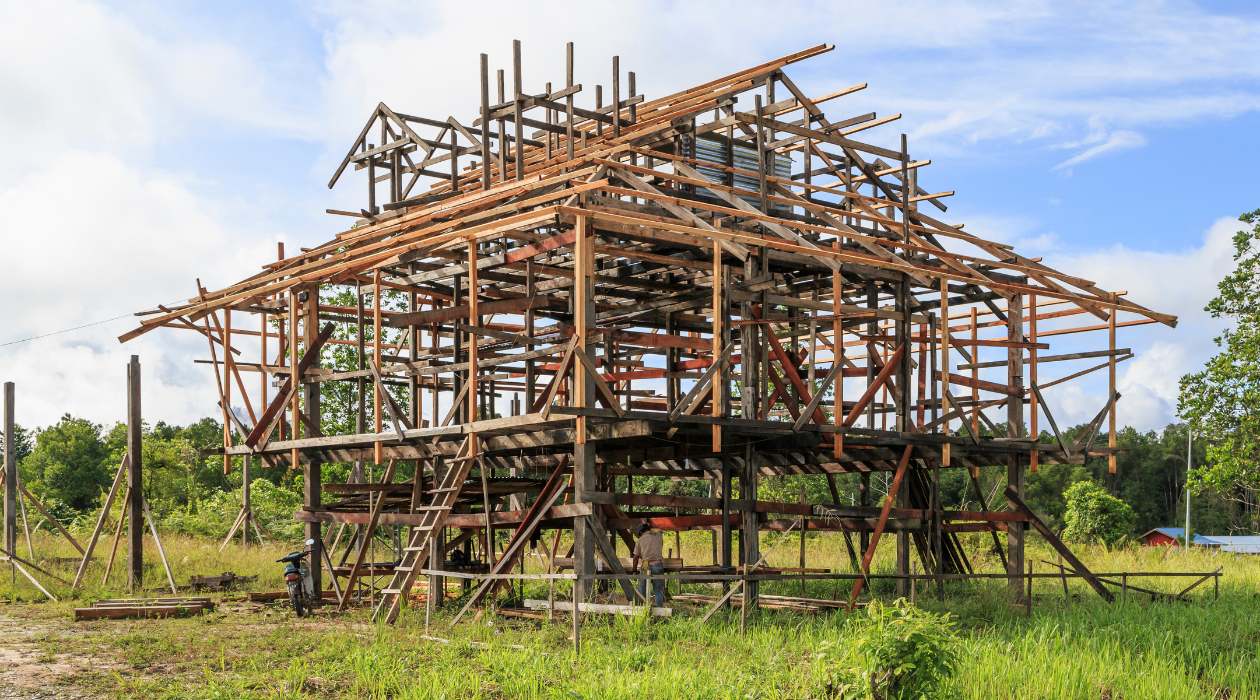
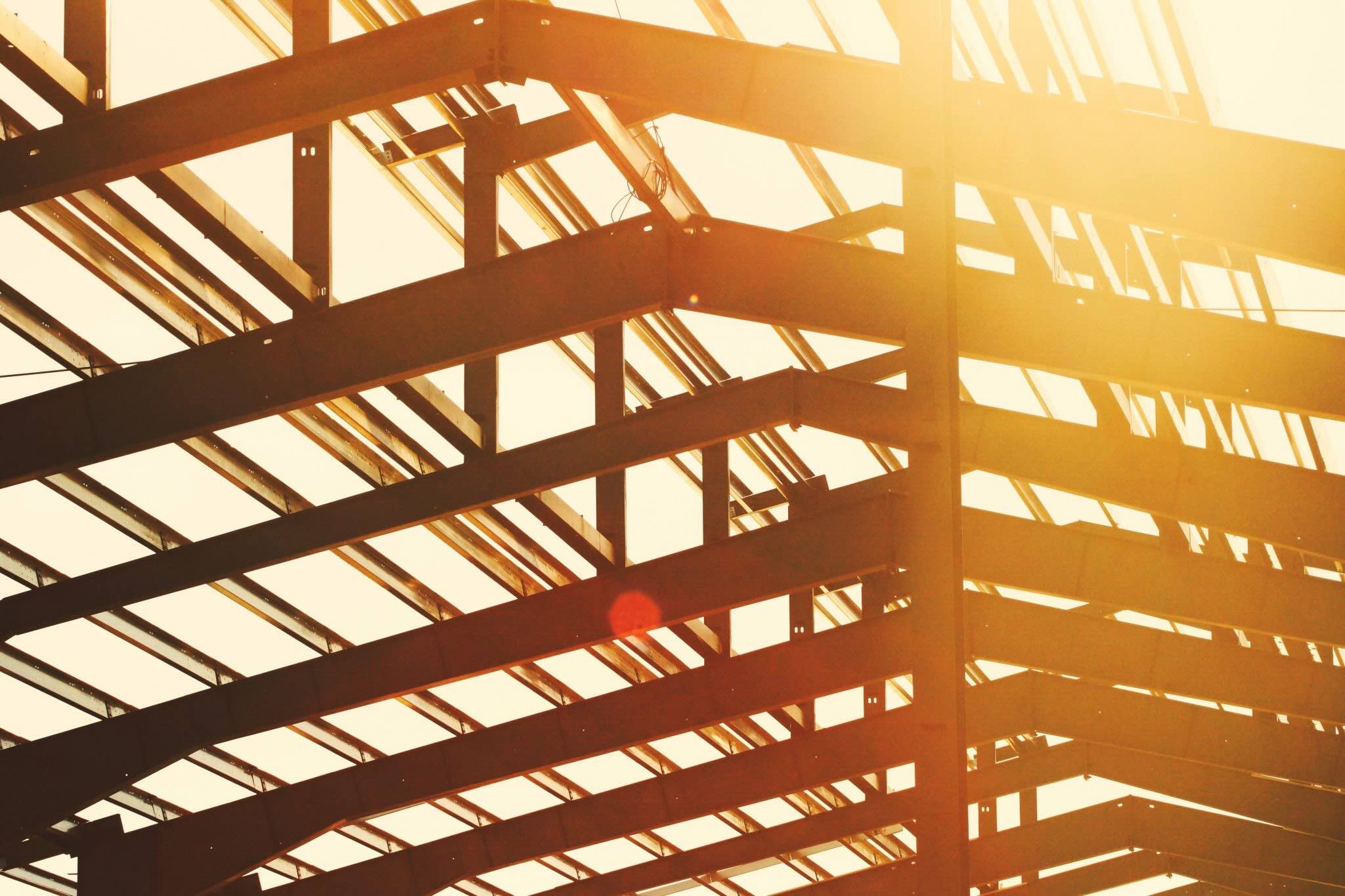


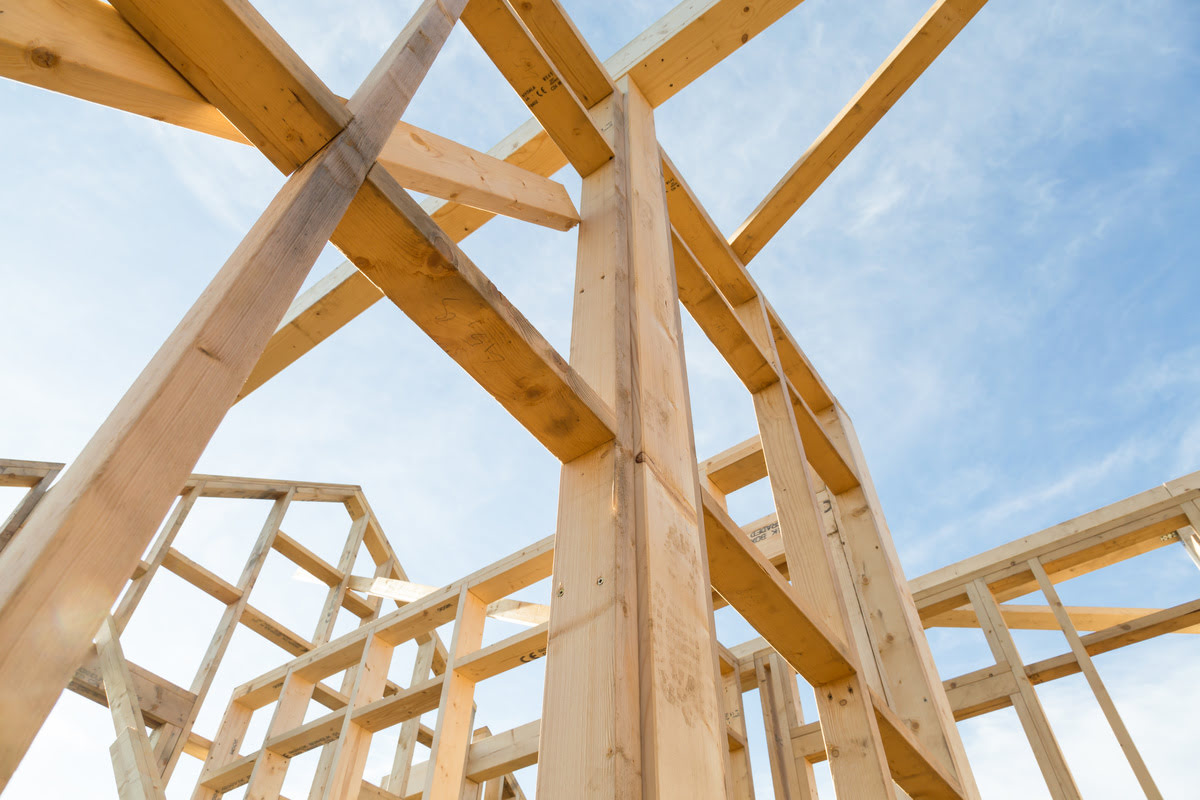
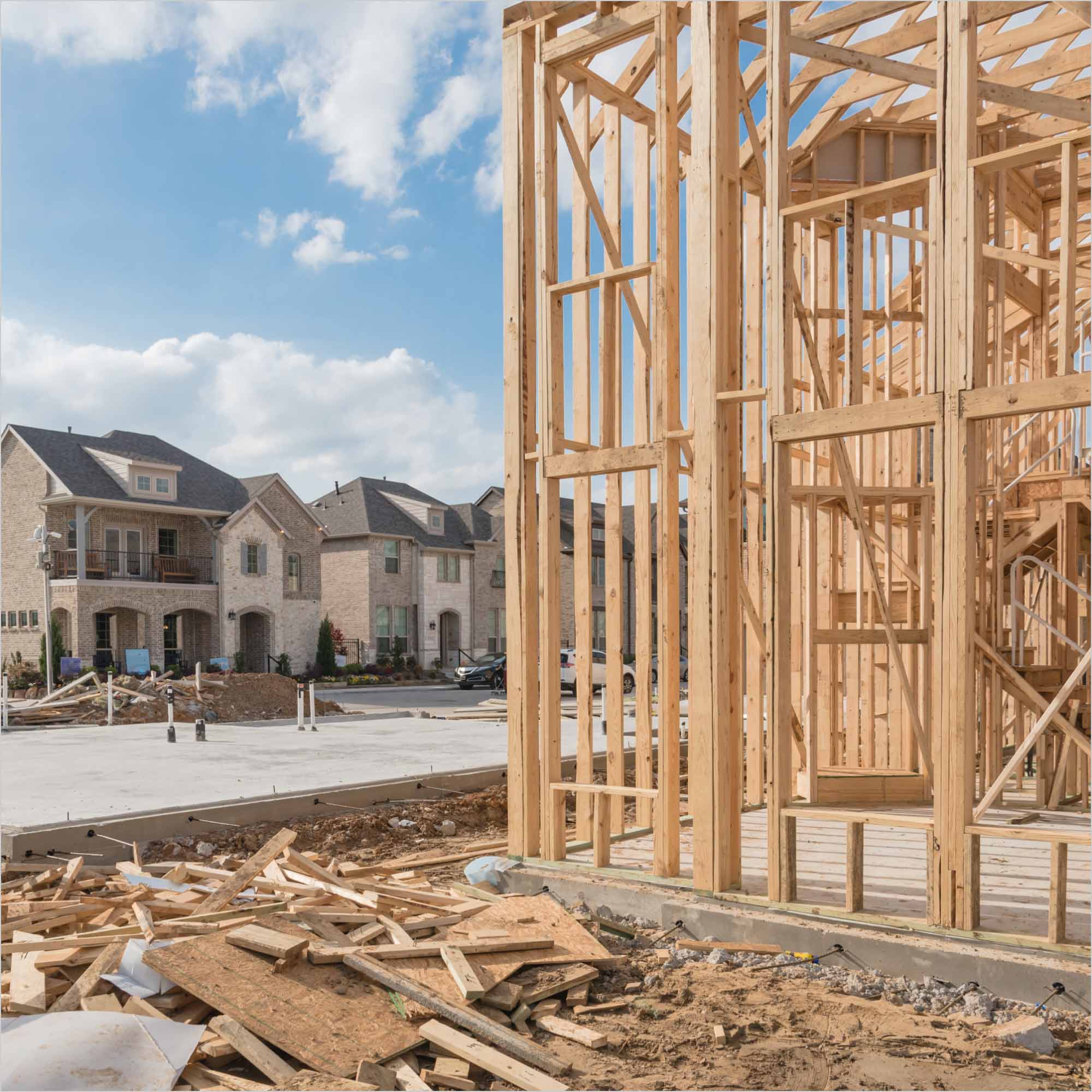
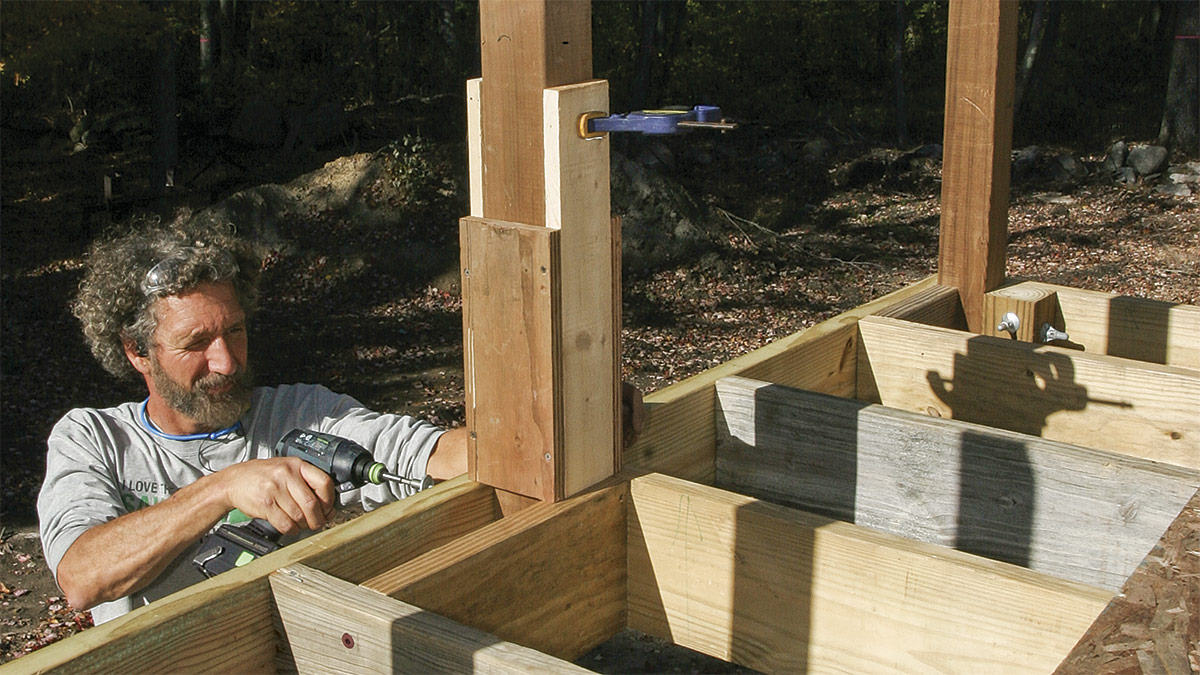

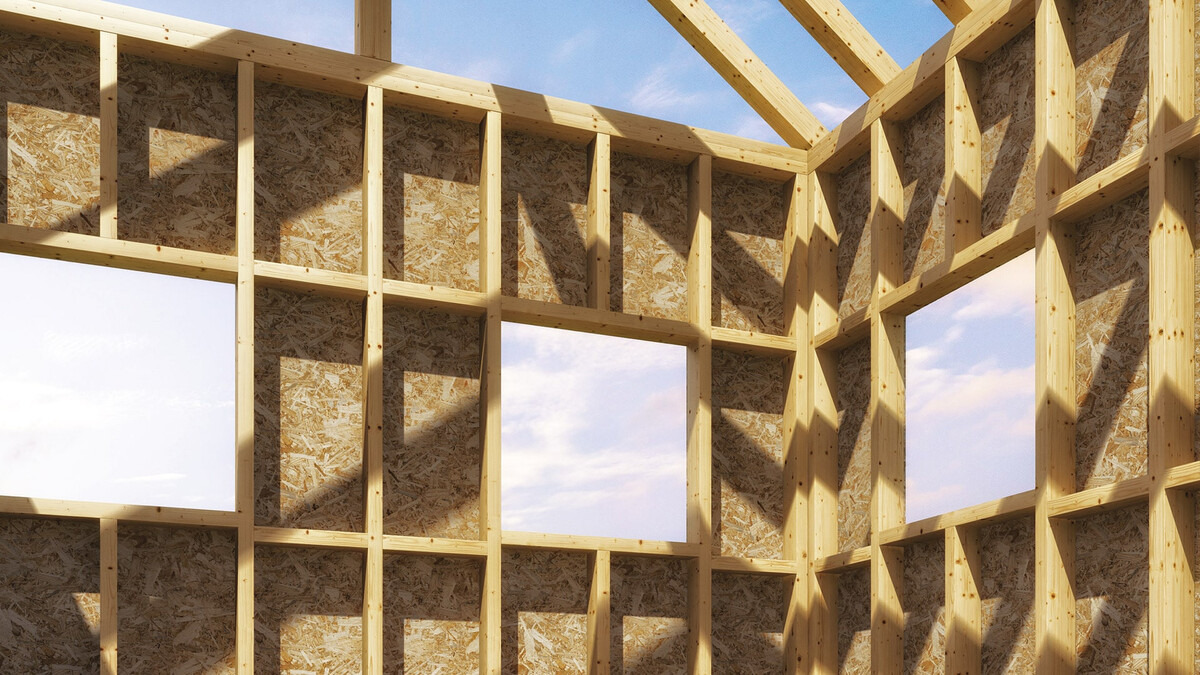
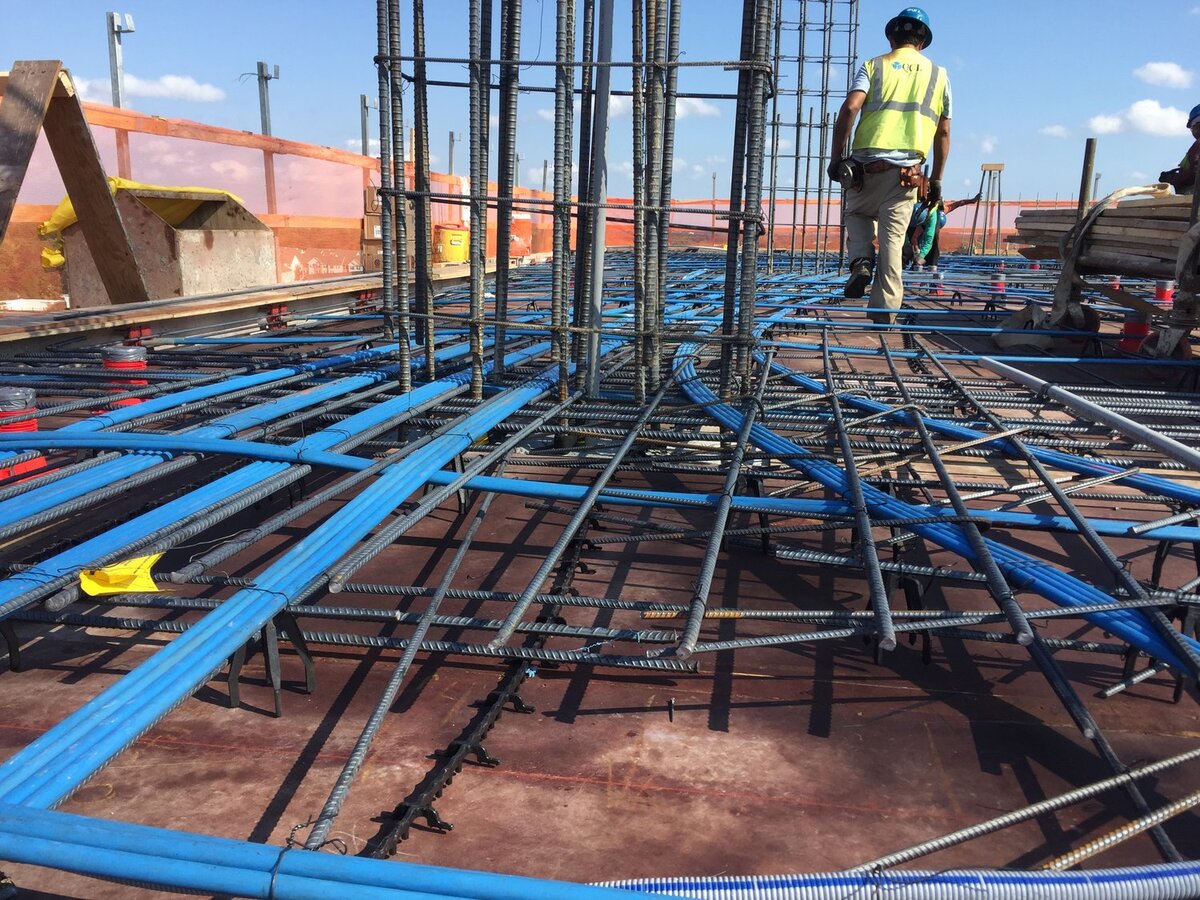
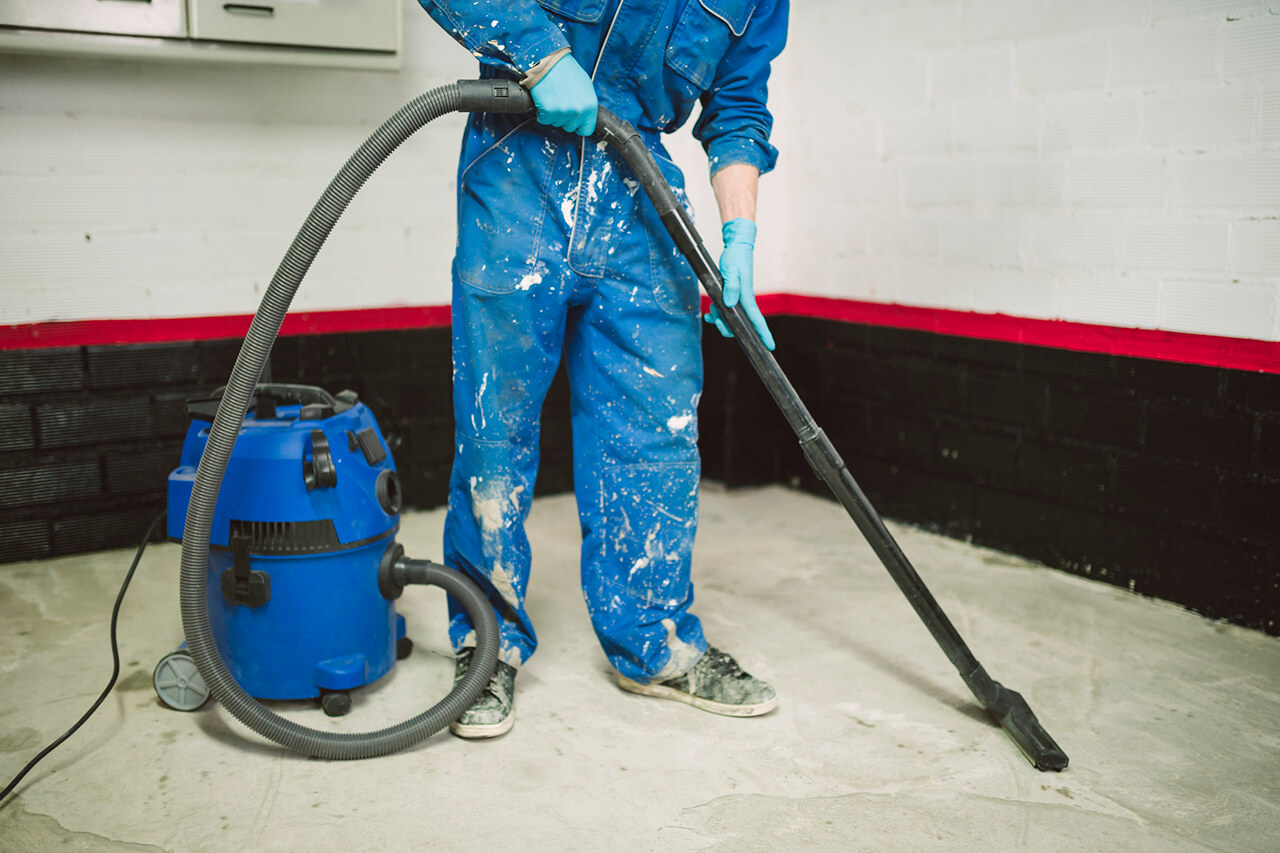
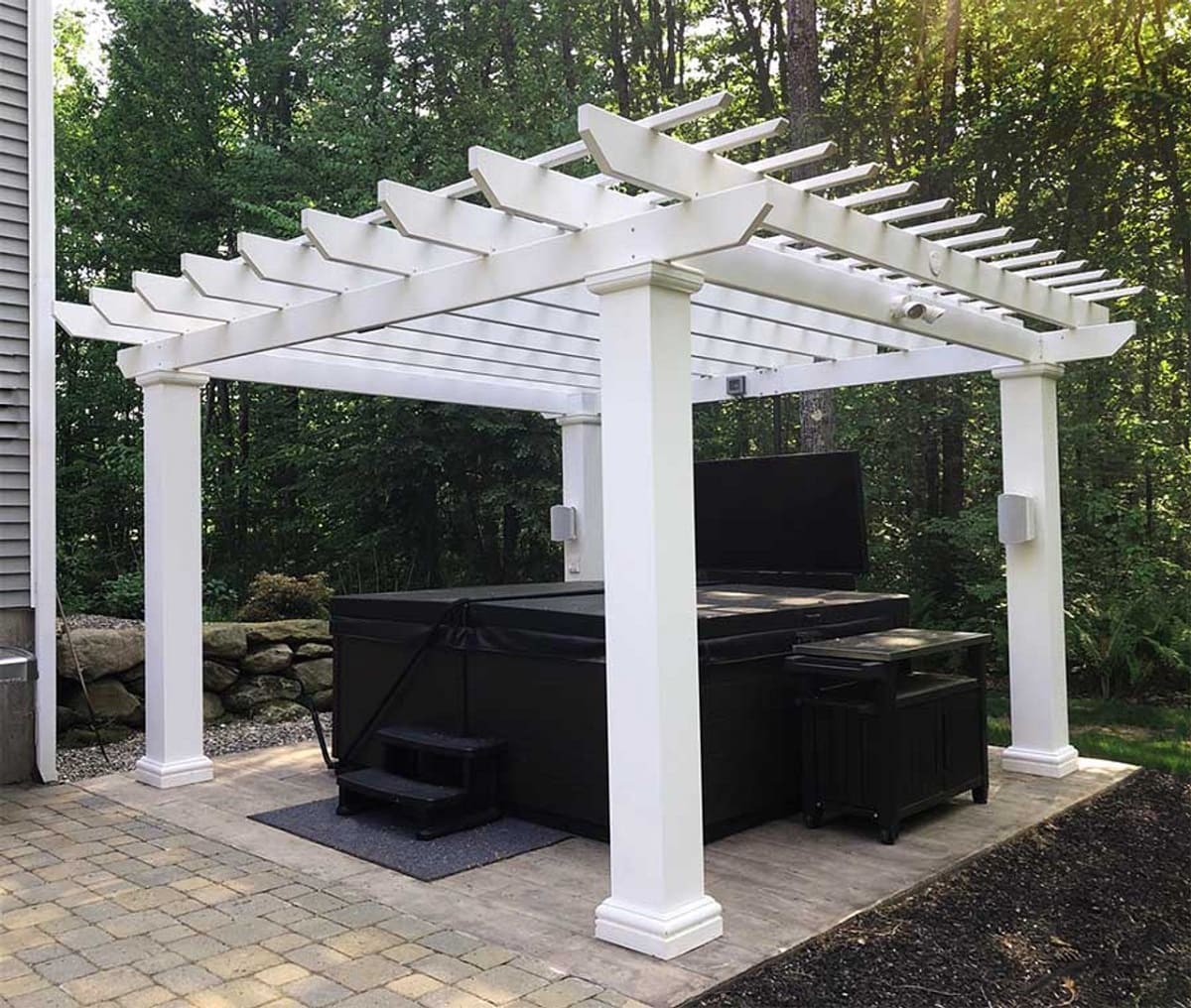
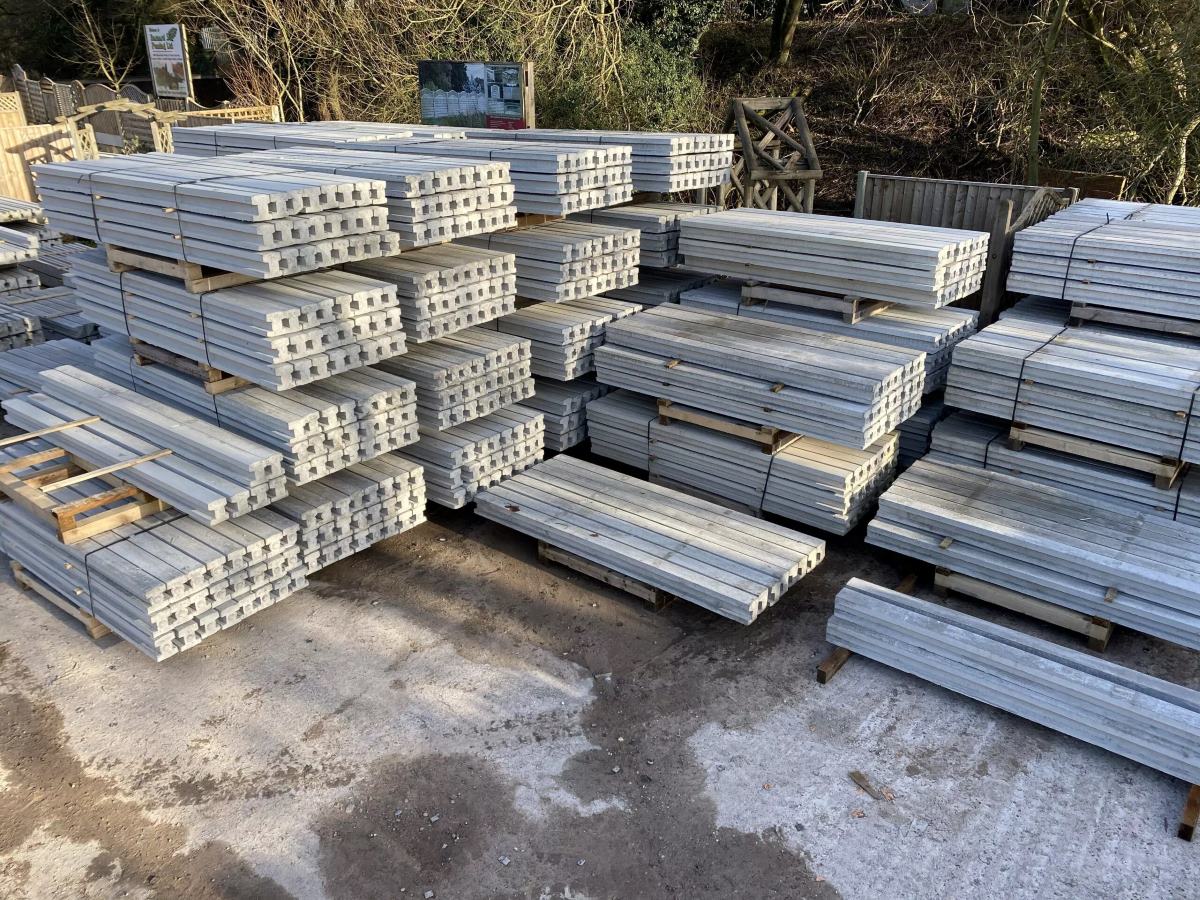


0 thoughts on “What Is A Post-Frame In Construction”